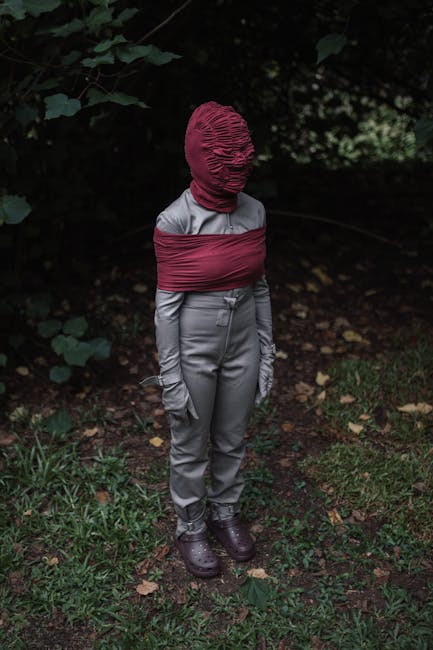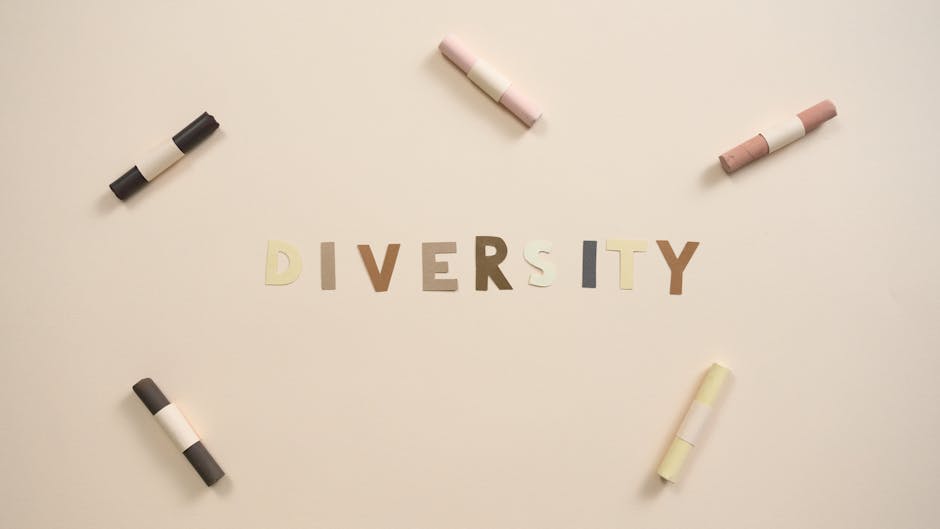
Welcome, dear readers, to the wild and wonderful world of narrative logos, where your brand’s identity comes to life through storytelling and imagination! As we embark on this journey of crafting a visual identity, be prepared to unleash your creativity, flex those design muscles, and maybe even make a few questionable design choices along the way. Who said branding had to be boring? Join us as we uncover the secrets to creating logos that not only capture the essence of your brand but also spin a tale worth remembering. Let’s dive in, shall we
Creating a Unique Narrative Logo Design
When , it’s like telling a story without using any words. Your logo should capture the essence of your brand and what it stands for in a visually appealing way. Here are some tips to help you craft a logo that tells a compelling tale:
– **Research Your Brand**: Before you start sketching ideas, take some time to understand the history and values of your brand. What sets you apart from your competitors? What message do you want to convey to your audience? These insights will be the foundation of your narrative logo design.
- **Think Outside the Box**: Don’t be afraid to get a little weird with your design. Sometimes the most unexpected ideas can lead to the most memorable logos. Play with different shapes, colors, and symbols to create something truly unique.
– **Simplicity is Key**: While you want your logo to be interesting and engaging, you also don’t want it to be too busy or cluttered. Aim for a design that is clean and simple, yet still packs a punch. Remember, less is often more when it comes to logo design.
– **Tell a Story**: Every good logo has a story behind it. Whether it’s a clever hidden message, a nod to your brand’s history, or a visual representation of your values, make sure your logo has a narrative that resonates with your audience. Let your creativity run wild and see where it takes you!
Incorporating Storytelling Elements in Visual Branding
Visual branding is all about making your brand stand out in a sea of competitors. One effective way to do this is by incorporating storytelling elements into your designs. By weaving a story into your brand imagery, you can create a memorable and engaging experience for your audience.
Here are some ways to incorporate storytelling elements in your visual branding:
- Character development: Create a mascot or character that represents your brand. Give them a personality and backstory that aligns with your brand values.
- Visual narrative: Use imagery that tells a story. Develop a series of graphics that follow a sequence, engaging your audience in a visual journey.
- Color psychology: Use colors that evoke emotions and connect with your brand story. Think about the feelings you want to convey and choose colors accordingly.
Remember, storytelling is a powerful tool that can help you connect with your audience on a deeper level. By incorporating storytelling elements in your visual branding, you can create a compelling narrative that sets you apart from the competition.

Using Symbolism to Convey Brand Message
By incorporating symbolism into your brand message, you can create a powerful and memorable story that resonates with your audience. Symbols have the ability to convey deep meaning and emotion in a way that words alone cannot achieve. So, why not spice up your brand message with a little bit of symbolism?
Here are a few ways you can use symbolism to convey your brand message:
- Colors: Choose colors that represent your brand values. For example, green can symbolize growth and sustainability, while red can evoke feelings of passion and energy.
- Logos: Use a logo that embodies the essence of your brand. Think of famous logos like the Nike swoosh or the Apple logo – they are simple yet powerful symbols that instantly evoke emotions and associations.
- Imagery: Use imagery that conveys your brand message. Whether it’s a picture of a majestic mountain to represent strength and resilience or a blooming flower to symbolize growth and beauty, choose images that speak to your audience.
Remember, symbolism is all about creating a connection with your audience on a deeper level. So, get creative and think outside the box to find symbols that truly represent your brand message and values.

Choosing Color Palette for Emotional Impact
When it comes to choosing a color palette for emotional impact, you want to make sure you’re not just picking random colors willy-nilly. You want your audience to feel something deep in their souls when they look at your work. So, grab your paintbrushes and buckle up, because we’re diving into the colorful world of emotions!
First things first, let’s talk about the power of **bold** colors. Bright, vibrant hues like red, orange, and yellow can evoke feelings of energy, passion, and excitement. Think of these colors as the cheerleaders of the color wheel – they’ll pump up your audience and get them feeling all warm and fuzzy inside.
On the flip side, cool tones like blues, greens, and purples can bring a sense of calm, peace, and tranquility. These colors are like a soothing balm for the eyes, gently easing your audience into a state of relaxation. So, if you want your work to have a more zen-like vibe, consider incorporating more of these colors into your palette.
Lastly, don’t be afraid to experiment with complementary colors. Colors that sit opposite each other on the color wheel, like blue and orange or red and green, can create a sense of balance and harmony in your work. It’s like yin and yang, peanut butter and jelly – opposites attract, and your audience will be drawn to the dynamic energy these colors bring to the table. So go forth, brave artist, and paint your world with emotions!
Balancing Text and Image in Logo Composition
Ever felt like your logo was playing tug-of-war with itself? Text on one side, image on the other, neither willing to budge an inch. Well, fear not my design darlings, because I’ve got the secret sauce to .
First off, think of your text and image as the yin and yang of the design world. They need each other to thrive, like peanut butter and jelly, Batman and Robin, or Beyoncé and a wind machine. Embrace their partnership and watch the magic unfold.
When it comes to sizing, remember that size matters. **Make sure your text and image play nice** in terms of scale. No one likes a domineering text overshadowing a shy image or vice versa. They should be equals, like a good buddy cop duo solving crimes in a neon-lit city.
Proper alignment is key in logo harmony. **Center, left-align, right-align - find what works best for your composition**. Just remember, a logo with a crooked text is like a cat with a comb-over. It just ain’t right. So straighten up, line up, and watch the magic happen.
Understanding the Psychological Impact of Visual Identity
Visual identity is more than just a logo or color scheme—it’s the personality of a brand that can have a profound impact on our psyches. Let’s delve into the fascinating world of how visual identity affects us:
1. **Emotional Connection**: A well-crafted visual identity can create an emotional bond with consumers, evoking feelings of trust, familiarity, and even love. Just like a perfectly executed cat video, a brand’s visual identity has the power to tug at our heartstrings and make us feel all warm and fuzzy inside.
2. **Memory Recall**: Have you ever seen a logo and instantly remembered a jingle or catchy slogan? That’s the power of visual identity at work. It helps us recall past interactions with a brand, making it easier for us to make purchasing decisions based on our previous experiences.
3. **Perception of Quality**: Just like judging a book by its cover (admit it, we all do it), we often judge the quality of a product or service based on its visual identity. A sleek, modern logo and a cohesive color palette can give the impression that a brand is sophisticated and high-quality, even if their actual product is just a fancy version of a cardboard box.
FAQs
Why should a business invest in a narrative logo?
Ah, because who doesn’t love a good story? A narrative logo helps to connect with your audience on a deeper level by telling the story of your brand and its values. It’s like having a little mascot that people can relate to and remember. Plus, it sets you apart from the boring old generic logos out there.
How can a narrative logo help with brand recognition?
Well, let me tell you a story… A narrative logo is like a familiar face in a crowded room. It helps your brand stand out and be easily recognizable among the sea of competitors. People love a good story, and a well-crafted narrative logo can help your brand stick in their minds like a catchy jingle.
What elements should be included in a narrative logo?
Think of a narrative logo as a mini movie poster for your brand. You want to include key elements that tell the story of who you are and what you stand for. This could be anything from colors that convey emotions, to symbols that represent your values, to characters that embody your brand personality. Basically, pack as much punch into that little logo as you can!
How can businesses ensure their narrative logo is effective?
It’s all about getting that story straight! Make sure your narrative logo aligns with your brand values and resonates with your target audience. Test it out on friends, family, and random strangers on the street to see if they “get” your brand story. And remember, a good narrative logo should be versatile, memorable, and timeless. No pressure.
The Final Stitch in Your Brand’s Tapestry
Congratulations on completing your crash course in crafting narrative logos! Armed with this newfound knowledge, you’re now equipped to weave captivating stories into your brand’s visual identity. So go forth, my creative comrades, and let your logos speak volumes about who you are and what you stand for. Remember, a picture is worth a thousand words…but a narrative logo? Well, that’s a whole novel waiting to be told!











